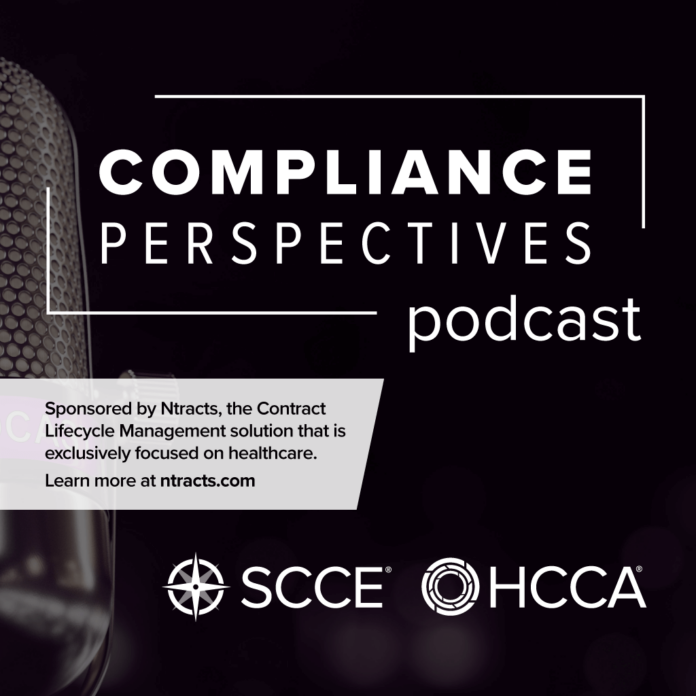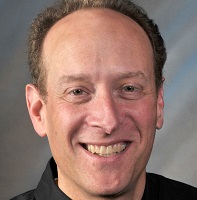Podcast: Play in new window | Download (Duration: 12:50 — 11.8MB)
Subscribe: Apple Podcasts | Email | TuneIn | RSS
While we tend to think of colleges and universities as being filled with college students, children much younger are often on campus. In fact, Lindsay Meyer Bond, Executive Director of the Higher Education Protection Network, that there may be more minors on campus than regular students. Everything from enrichment programs to sports camps can bring hundreds of children with them.
When looking for guidance as to how to keep campuses safe for children, there is no federal law to turn to. Instead, there is a patchwork of state regulations, and many universities have had to create policies of their own.
For the most part, these policies require the reporting of suspected abuse or neglect. Many now require background checks for those interacting with kids that may be go beyond the initial screening when hiring.
Often universities have codes of conduct that prohibit one-on-one interactions with minors, but there is complexity there. A professor may not know that the student showing up for office hours is under eighteen.
In addition, there may be conflicts of law and regulations. Ohio State University has a program, she explains, where students can learn to fly. FAA regulations stipulate that only the student and instructor may be in the plane. Their solution: when the student is on the ground, he or she is never alone with an instructor.
To successfully navigate the challenges of minors on campus, she recommends strong policies and ongoing communications plans. With turnover frequent in youth programs, it is risky to assume that the adults have been fully trained, unless that training is continuous.
In addition, keep an eye on your campus Name, Image and Likeness (NIL) program. College athletes may be running their own programs and not be aware of all the rules.
Listen in to learn more about how to manage this difficult and sensitive issue.


